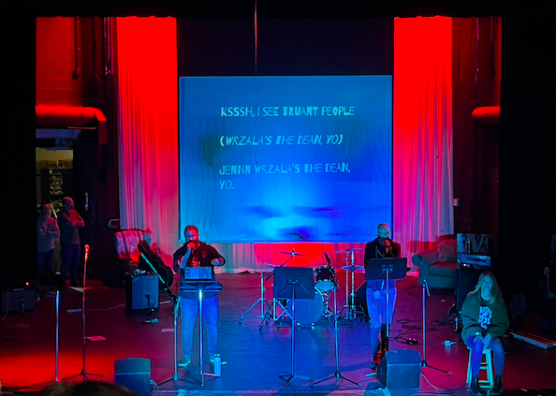125 dead after game of soccer turns into a battlefield
October 26, 2022
Sports have traditionally been one of the most dividing factors in many nations around the world. Competitiveness, combined with the flow of emotions, often leads to many disputes between fans and has occasionally led to fans getting apprehended by officials or small fights between individuals or groups of people. But what happened on Sunday, October 2 in the stadium of one of the biggest soccer teams in Indonesia, Arema FC, was a senseless tragedy that erupted after Arema FC lost to its long-time rival, Persebaya Surabaya, in a 3-2 defeat.
Throughout the whole match, the enthusiastic fans of both teams were calling the opposing side names and occasionally even picked a few small fights, according to local police that were inside the stadium at the time.
However, it wasn’t until the match ended when the world’s second most deadliest stadium disaster unraveled. Fans rushed the fields, and as a result of the unrest, the police fired tear gas which caused further panic. The situation escalated when the panic led to fans rushing out to the exits, causing a deadly stampede, where many suffocated.
Gianni Infantino, the president of FIFA, the football world’s governing body, noted the extent of the tragedy, with 125 people dead, 33 of them being minors. When compared to the world’s deadliest stadium disaster which happened in 1964 in Lima, the death toll doesn’t seem too high, but when looked at from a non-numerical standpoint, it is evident that both situations were horrifying beyond comparison.
It was “a dark day for all involved in football and a tragedy beyond comparison,” Infantino said.
It is still not clear as to who is more responsible for the casualties, as both the police and eyewitnesses have differing perspectives.
In an interview with BBC, police chief Nico Afinta spoke on the police’s perspective on the situation. “It had gotten anarchic. They started attacking officers, they damaged cars,” Afinta said.
On the other hand, Muhamad Dipo Maulana, a 21 year old eyewitness, told BBC Indonesia that the fans that went out to the fields “were immediately intercepted by police and beaten.”
According to him, as a result of the police hostility, more fans started to protest, causing the situation to become more intense, with police officers in armor and dogs coming forward. The conundrum lied with the fact that though the fans did exhibit inappropriate behavior, the police as a result were forced to take action, and released tear gas in a place filled with spectators.
However, this case of violence is nothing new to the world of Indonesian soccer matches. In 1938, Indonesia became the first Asian country to participate in the World Cup, but has been unable to return to the stage ever since due to violence and mismanagement. Excluding this recent disaster, 78 people have died in game-related incidents, according to Save our Soccer, Indonesia’s soccer watchdog.
Three days after the tragedy, Indonesia’s President Joko Widodo called for all matches in Indonesia’s top league to be halted until a thorough investigation was conducted. Additionally, Widodo visited the stadium as the police were being pressured by the fans and the general public to quit their jobs. Following his visit, according to the local police force, the police chief was fired along with nine officers that were suspended and 19 others that were placed under investigation.
Moving forward, President Widodo noted it is imperative that the management system of stadiums in Indonesia need to be reworked in order to prevent future tragedy.
“We need…improvements in the whole management, management of stadium spectators, time, security. We agreed that this tragedy is a very important lesson for Indonesian football and also for the world,” Widodo said.


